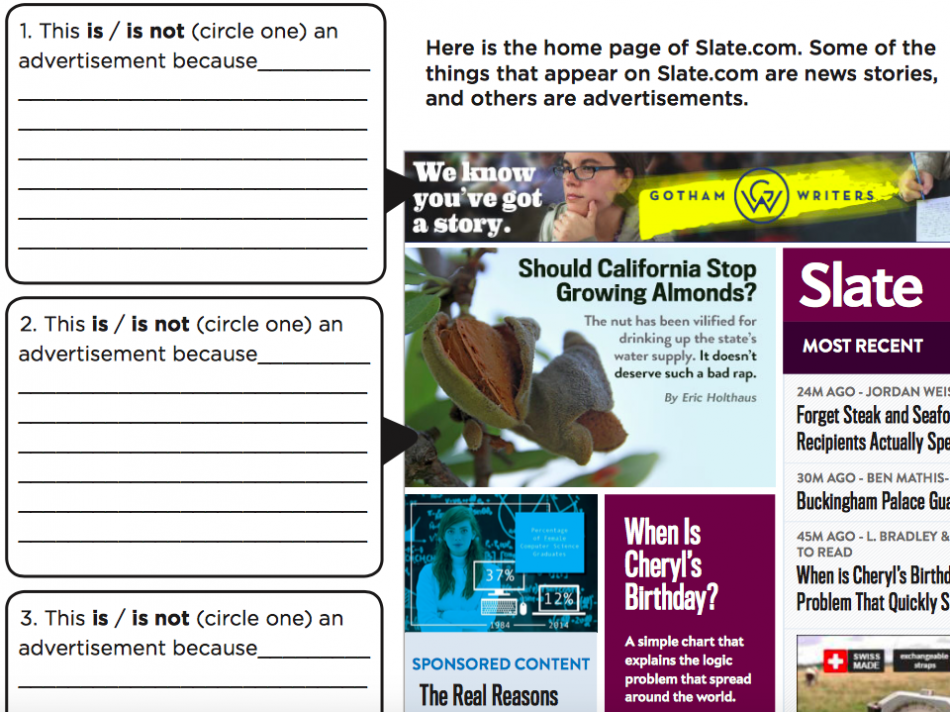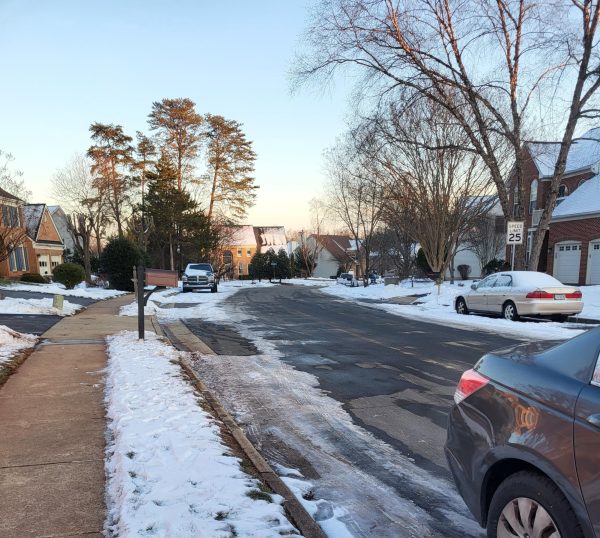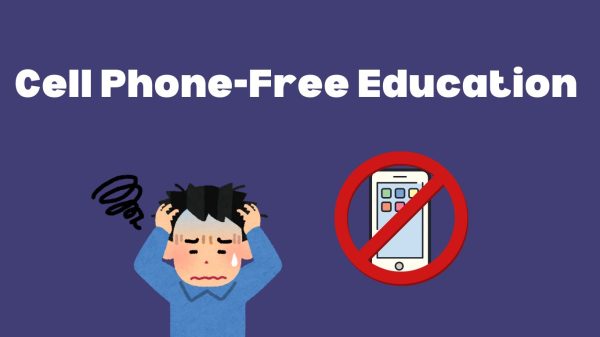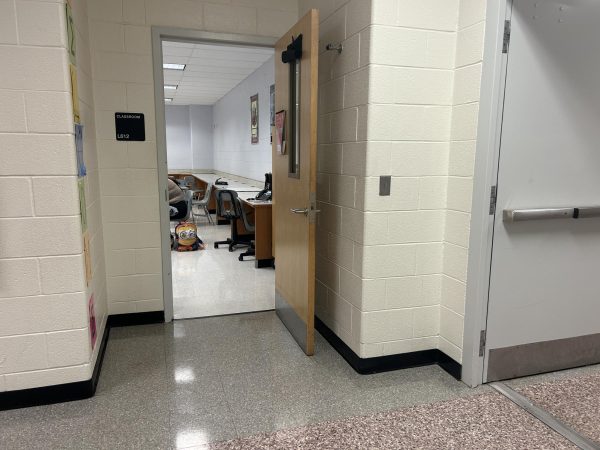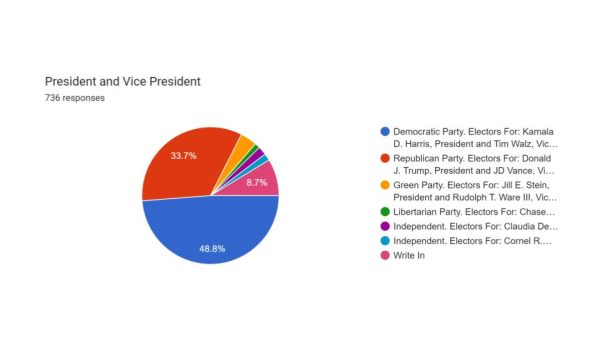Students Across the Country Perform Poorly on Media Literacy Test
In the wake of the ‘fake news’ epidemic that is sweeping the political sphere, a Stanford University professor conducted a study to test the media literacy of secondary and post-secondary students. In response, Dominion government teacher Andrea Relator put her students to a similar test. The results from both endeavors were shocking.
The Stanford test, which Ms. Relator replicated in her own classroom, included three difficulty levels: middle school, high school, and college. Each difficulty level tested the student’s ability to discern the credibility of a source and the validity of certain claims.
37 percent of Dominion seniors in Ms. Relator’s classes failed to recognize an advertisement on the middle level question, and almost 52 percent had the same outcome on the high school level.
The Stanford researchers, who received similar data, were shocked at their results. “We were taken aback by students’ lack of preparation [in areas of media literacy],” researchers wrote in a journal entry on the Stanford website.
Stanford’s study demonstrated that, at the high school level, over 30 percent of students said that a source was reliable even though there was clear evidence that the source was either not credible or was published by an agency with a vested interest in the article’s subject matter or success.
At the collegiate level, Stanford researchers found that many fake news sites were able to persuade students into believing they were credible simply by maintaining “about” pages and links to real news organizations on the websites.
In a comment for the Stanford News Center, Sam Wineburg, the orchestrator of the study, stated his hope was that “the next steps to this research include helping educators use these tasks to track student understanding and to adjust instruction.” From the results of Stanford’s study, it is abundantly clear that American students need more education in media literacy.
Ms. Relator does plan on using this research to possibly add to lesson plans in the future. Explaining her rationale for conducting the Stanford study among her students, Relator suggested that she “wanted to just be able to compare my student’s ability to analyze the media and compare it to the national statistics that the study found.”
The most shocking aspect of the Dominion students’ performance on the test was “that half of the high school students could not identify a valid source was shocking to me but it is also most representative of similar results as the national survey,” Relator said.
In combination with Ms. Relator doing work to help students recognize credible sources, the Media Center also has lessons to help students. Ms. Le, a media center specialist at Dominion, said that “every day that we teach we teach kids how to evaluate sources in the library when a teacher brings the students into the library to receive lessons.”
The Media Center has also become involved in the Digital Citizenship lessons taught in Clubhouse. “We have created a lesson plan that [students] are going to learn with the digital citizenship lesson and one of the lessons that we are doing is called Recognizing Fake News,” Le said.



